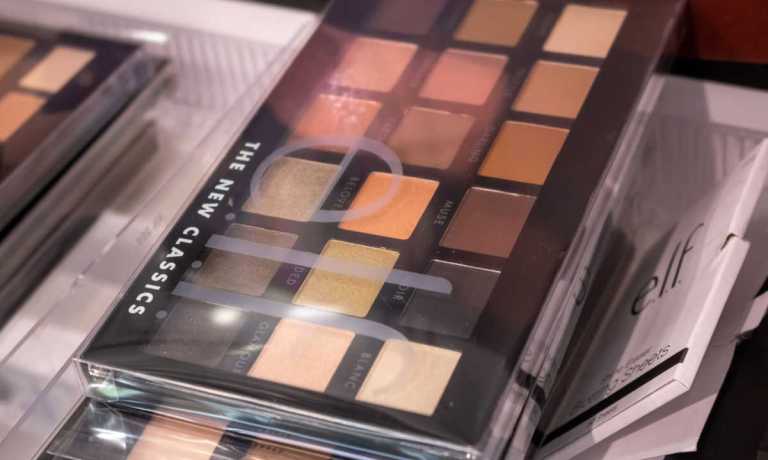
In the face of rampant inflation, the CEO of omnichannel cosmetics firm e.l.f. Beauty says the company chose not to increase prices on roughly one-third of its least expensive entry-level items, while simultaneously raising them on higher cost merchandise.
The dual pricing strategy was revealed by e.l.f. CEO Tarang Amin in an interview published by The Wall Street Journal Tuesday (Sept. 20), in which the company’s decision to keep its popular $3 lipstick was the focus of attention.
“We wanted to be sure there was an entry into e.l.f. if someone was on a budget constraint,” Amin told the Journal.
See also: 70% of US Consumers Skip Retail Purchases to Buy Groceries and Gas
This approach to pricing comes at a time of increased consumer stress with recent research by PYMNTS showing that 70% of consumers are cutting back spending on discretionary retail purchases to cover the rising cost of essentials like groceries and gas. Unlike most categories, cosmetics, skin and hair care products are often viewed as existing in both the essential and discretionary spheres, a reality that has seen a heightened focus on customers trading down to lesser quality brands.
Also read: Ulta Beauty Answers Consumer Call for Omnichannel Options
Beyond e.l.f., other beauty brands are also pursuing increased omnichannel and branding strategies to heighten the sense of value and convenience that consumers experience when shopping, rather than just absolute low price.
For example, Ulta Beauty has launched its Digital Store of the Future, designed to provide a more seamless experience along with product pages on its website and mobile app that are meant to be more engaging.
In the chain’s physical stores, there are new initiatives such as a front-of-store presentation that will allow for enhanced “storytelling” around news, events and trends, plus a new layout in select stores that will highlight key growth categories.
Learn more: Estée Lauder Will Pursue Omnichannel Opportunities Amid Volatility
For its part, cosmetics giant Estée Lauder said last month it is emphasizing both brick-and-mortar and online sales opportunities as it deals with the impact of China’s pandemic lockdowns and the ongoing Russia/Ukraine conflict.
In reporting the company’s earnings, CEO Fabrizio Freda said that Estée Lauder’s brick-and-mortar and online operations each grew for the fiscal year ending June 30, “as we capitalized on reopening, extended our consumer reach in high-growth channels, and amplified our omnichannel capabilities.”
For all PYMNTS retail coverage, subscribe to the daily Retail Newsletter.